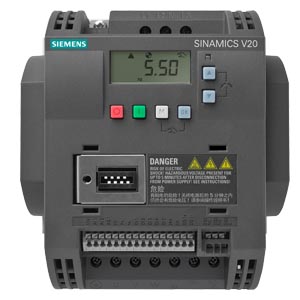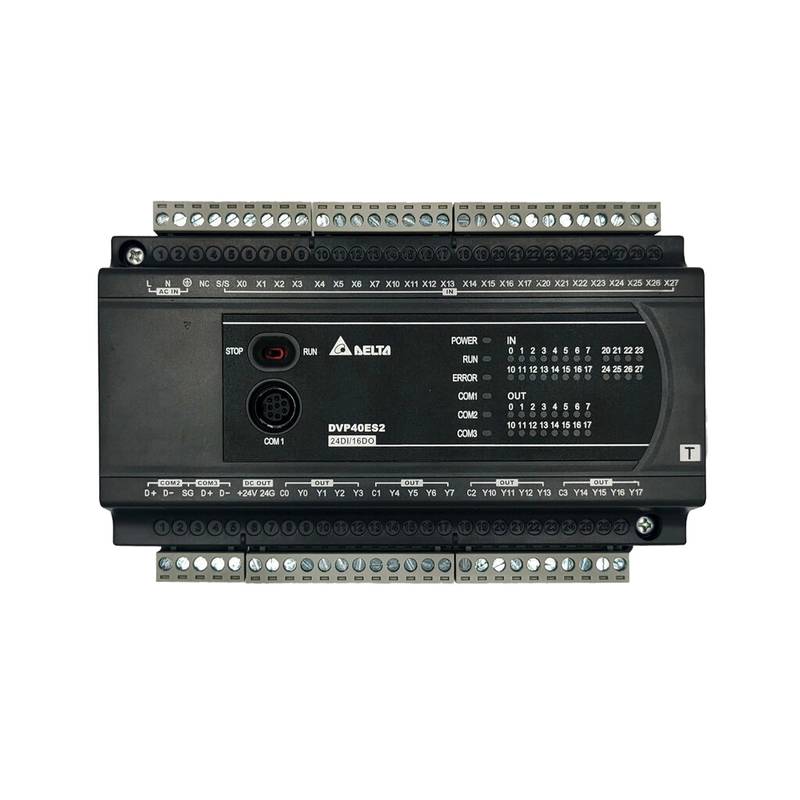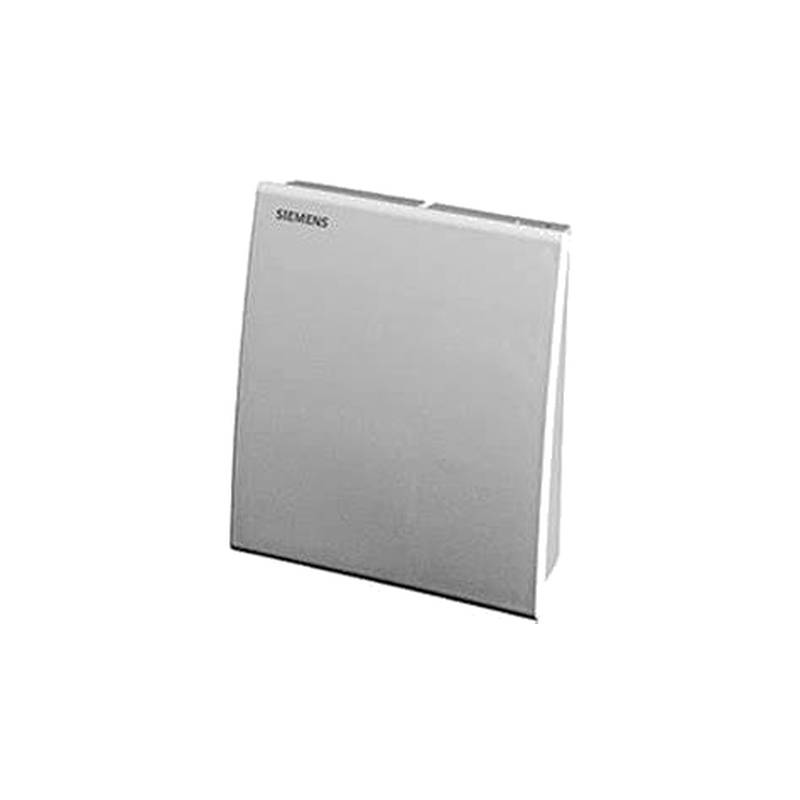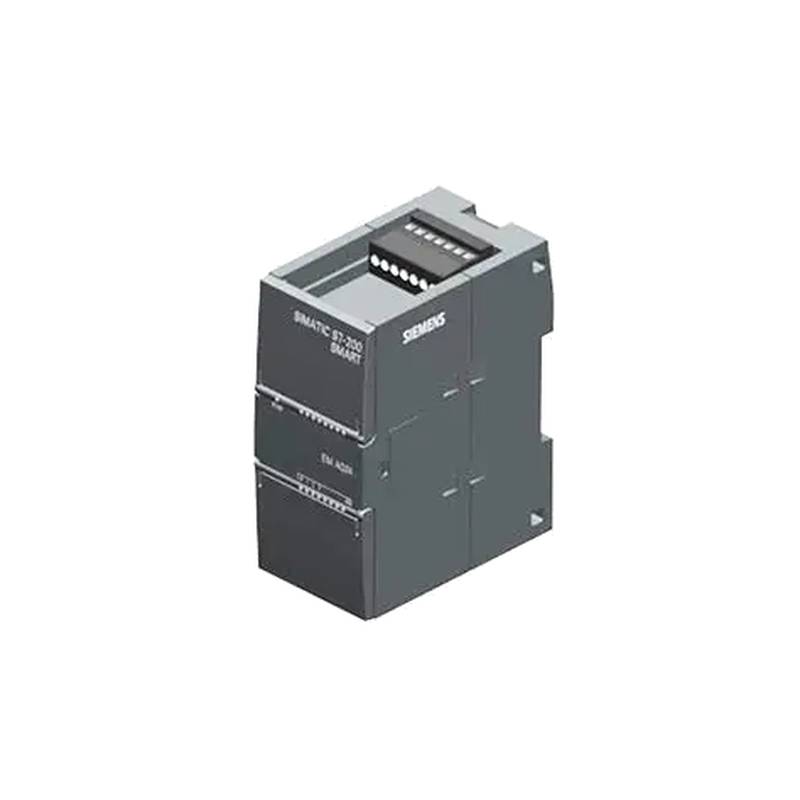
The SIMPHOENIX DX100-4T0150 High-Performance Power Controller VFD 15kW represents a significant advancement in industrial motor control, offering unparalleled efficiency and precise command over a wide range of applications. This Variable Frequency Drive (VFD) excels in energy savings and process optimization, featuring advanced vector control for superior torque response and dynamic performance. Its robust design ensures reliability in demanding environments, while intelligent features simplify integration and operation.
| Specification | Value |
| :---------------------- | :----------------------------------------- |
| Model | DX100-4T0150 |
| Power Rating | 15kW (20 HP) |
| Input Voltage | 3-Phase, 380V-460V |
| Output Voltage | 3-Phase, 380V-460V |
| Output Frequency | 0-600 Hz |
| Control Method | V/f control, Vector control (SVC, FOC) |
| Protection Level | IP20 |
| Braking Unit | Built-in (optional external braking unit) |
| Communication Options | RS485 (Modbus RTU), optional fieldbuses |
| Operating Temperature | -10°C to +40°C (derating above 40°C) |
| Dimensions (H x W x D) | 400mm x 250mm x 210mm (approximate) |
Core Features & Market Positioning
The SIMPHOENIX DX100-4T0150 distinguishes itself through its adoption of advanced sensorless vector control (SVC) and Field-Oriented Control (FOC), providing exceptional dynamic response and precise speed regulation crucial for sophisticated industrial processes. This VFD is engineered for high performance, delivering consistent, stable torque even at low speeds, a critical advantage in applications requiring significant starting torque or accurate positioning. Its market positioning is firmly within the high-performance segment, targeting industries that demand reliability, energy efficiency, and advanced control capabilities. The inclusion of a built-in braking unit, with the option for external units, enhances its versatility for applications with high inertia loads or frequent stopping requirements.
Key Application Scenarios
This VFD finds its optimal use in a multitude of demanding industrial sectors. It is particularly well-suited for pump and fan applications, where its energy-saving capabilities can lead to substantial operational cost reductions through precise speed adjustment. In the manufacturing industry, the SIMPHOENIX DX100-4T0150 is invaluable for conveyor systems, machine tools, and processing equipment, ensuring smooth acceleration, deceleration, and precise speed maintenance essential for product quality and throughput. Its robust performance also makes it ideal for textile machinery, plastic extrusion, and packaging lines, where consistent motor operation directly impacts output efficiency and product integrity.
Practical System Integration Guidance
Integrating the SIMPHOENIX DX100-4T0150 into existing systems is streamlined by its flexible communication protocols and straightforward wiring requirements. The VFD supports standard RS485 Modbus RTU communication, enabling seamless integration with PLCs and SCADA systems for remote monitoring and control. For installation, ensure adequate ventilation to maintain optimal operating temperatures and prevent derating. Wiring should adhere strictly to the terminal designations for power input, motor output, and control signals. Initial programming involves setting basic motor parameters (rated voltage, current, frequency, poles) and selecting the appropriate control mode (V/f, SVC, or FOC) based on application needs. Advanced configuration can further optimize performance by tuning PID loops for closed-loop applications or setting acceleration/deceleration ramps.
Operation and Risk Mitigation
Safe operation of the SIMPHOENIX DX100-4T0150 mandates adherence to electrical safety standards and proper handling procedures. Before commencing any work, ensure the main power supply is disconnected and locked out. The VFD incorporates comprehensive protection functions, including overcurrent, overvoltage, undervoltage, overload, and phase loss detection, which automatically trigger fault shutdowns to prevent motor and drive damage. Common troubleshooting involves checking for error codes displayed on the control panel. For instance, an "Overload" fault (often indicated by codes like OC1 or OC2) typically suggests an issue with motor capacity or excessive load on the driven machinery, requiring load reduction or motor inspection. "Overvoltage" (OV) faults may occur during regenerative braking if the braking resistor is not adequately sized or absent.
Scalability & Long-Term Value
The SIMPHOENIX DX100-4T0150 is designed with scalability and long-term value in mind, offering compatibility with a broad spectrum of industrial automation platforms and components. Its support for various fieldbus communication modules allows for integration into advanced Industrial IoT (IIoT) ecosystems, enabling data-driven insights and predictive maintenance strategies. This connectivity facilitates centralized control and monitoring of multiple drives across a plant, enhancing operational efficiency and reducing downtime. Furthermore, the VFD's robust build quality and sophisticated protection features contribute to a longer service life, minimizing the total cost of ownership and ensuring consistent performance over time.
Frequently Asked Questions
What is the primary function of the SIMPHOENIX DX100-4T0150 VFD?
The SIMPHOENIX DX100-4T0150 VFD's core function is to control the speed and torque of AC electric motors. It precisely regulates motor speed by varying the frequency and voltage supplied to the motor.
This advanced control method optimizes energy consumption, reduces mechanical stress on machinery, and enhances process efficiency. It is crucial for applications requiring variable speed operation and accurate process control.
The VFD achieves this through sophisticated control algorithms like V/f, Sensorless Vector Control (SVC), and Field-Oriented Control (FOC), offering distinct performance advantages for different industrial demands.
How does the SIMPHOENIX DX100-4T0150 improve energy efficiency?
It significantly reduces energy consumption by matching motor speed to the actual load requirements. Unlike fixed-speed motors, the VFD avoids running at full speed unnecessarily, leading to substantial power savings.
By precisely controlling motor speed, the VFD eliminates energy wastage associated with mechanical throttling or bypass systems. This direct power adjustment is key to its efficiency gains in applications like pumps and fans.
This energy optimization not only lowers electricity bills but also contributes to environmental sustainability by reducing the overall carbon footprint of industrial operations.
What are the key motor control modes supported by this VFD?
The VFD supports the traditional Volts per Hertz (V/f) control for simpler applications. This mode is easy to configure and suitable for loads with predictable torque requirements.
It also features Sensorless Vector Control (SVC), which provides enhanced dynamic performance and better torque accuracy without requiring motor encoders. SVC is ideal for many industrial applications.
For the highest precision and responsiveness, Field-Oriented Control (FOC) is available, offering superior torque control, faster dynamic response, and smoother operation, even at very low speeds.
Can the SIMPHOENIX DX100-4T0150 be integrated with existing PLC systems?
Yes, seamless integration with PLC systems is a core capability of this VFD. It supports industry-standard communication protocols for networked control.
Specifically, it features RS485 with Modbus RTU as a built-in communication option, allowing for easy data exchange and command transmission.
Optional fieldbus modules can also be utilized for compatibility with other popular industrial networks, ensuring broad integration possibilities within various automation architectures.
What types of protection features does the DX100-4T0150 offer?
This VFD is equipped with a comprehensive suite of protection functions for motor and drive safety. It includes overcurrent and overload protection to prevent damage from excessive current draw.
It also provides overvoltage and undervoltage protection, safeguarding the drive against unstable power supply conditions. Phase loss detection is another critical safety feature.
Additional protections include motor over-temperature, heatsink over-temperature, and short-circuit protection, ensuring robust operational safety and reliability in diverse industrial environments.
What are the typical applications for the DX100-4T0150?
The VFD is highly versatile and excels in pump and fan applications, offering significant energy savings through precise speed control. Its ability to adjust output directly to demand is critical here.
It is also widely used in manufacturing for conveyor systems, machine tools, and packaging equipment, where smooth start/stop and accurate speed holding are vital for production efficiency.
Other key sectors include textile machinery, plastic extrusion, and material handling systems, all benefiting from the VFD's reliable performance and precise motor management capabilities.
What is the role of the built-in braking unit?
The built-in braking unit is designed to dissipate excess energy generated during deceleration or regenerative braking. This is particularly useful for applications with high inertia loads.
It helps to bring the motor to a rapid and controlled stop, preventing overvoltage faults that could occur if the generated energy isn't managed. This ensures operational safety and system stability.
For extremely high braking torque requirements, an external braking resistor or braking unit can be connected to supplement the integrated functionality.
How is the SIMPHOENIX DX100-4T0150 installed in an industrial panel?
Installation requires mounting the VFD in an industrial enclosure that provides adequate ventilation to prevent overheating. Ensure sufficient clearance around the unit for airflow.
Wiring must be performed by qualified personnel, following the terminal diagrams for power input, motor output, grounding, and control signals. Proper grounding is essential for safety and signal integrity.
Before powering up, verify all connections, confirm motor parameters are correctly set, and perform initial commissioning tests in a controlled environment to ensure correct operation.
What does an "Overload" fault code typically indicate?
An "Overload" fault, often displayed as OC1 or OC2, generally signifies that the motor is drawing more current than its rated capacity for an extended period. This can be due to excessive mechanical load.
Potential causes include a jam in the driven machinery, undersized motor for the application, or issues with the driven equipment's efficiency. The VFD triggers this to protect itself and the motor.
Troubleshooting involves reducing the load on the motor, checking for mechanical binding, or ensuring the motor's specifications match the application's demands. The VFD's overload trip time can often be adjusted.
What are the advantages of using FOC control mode?
Field-Oriented Control (FOC) offers the highest level of motor performance and precision available in this VFD. It provides excellent torque control accuracy across the entire speed range.
FOC enables very fast dynamic responses to changes in load or speed commands, making it suitable for demanding applications like robotics and high-speed spindles.
It also allows for smoother motor operation, reduced torque ripple, and improved efficiency, especially at low speeds, and is crucial for applications requiring precise positioning or very tight speed regulation.

























